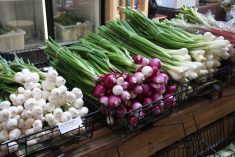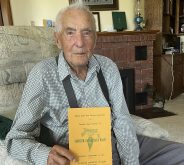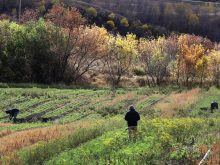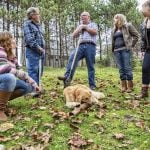DAYSLAND, Alta. Ñ Curling in rural Alberta has been given a clean bill of health for now, but many people wonder what its checkup will be in another 10 years.
“I submit in 10 years every small town curling club will be closed because there will be no more curlers,” said Ken Eshpeter of Daysland, Alta. His curling club is in good financial shape because of bonspiels and evening league events, but it has almost no young curlers to carry on the traditional prairie sport.
“Youth curling has never gone very well at Daysland,” said Eshpeter, who added the club has never had good, qualified youth coaches to instil a love of the game in the next generation.
Read Also
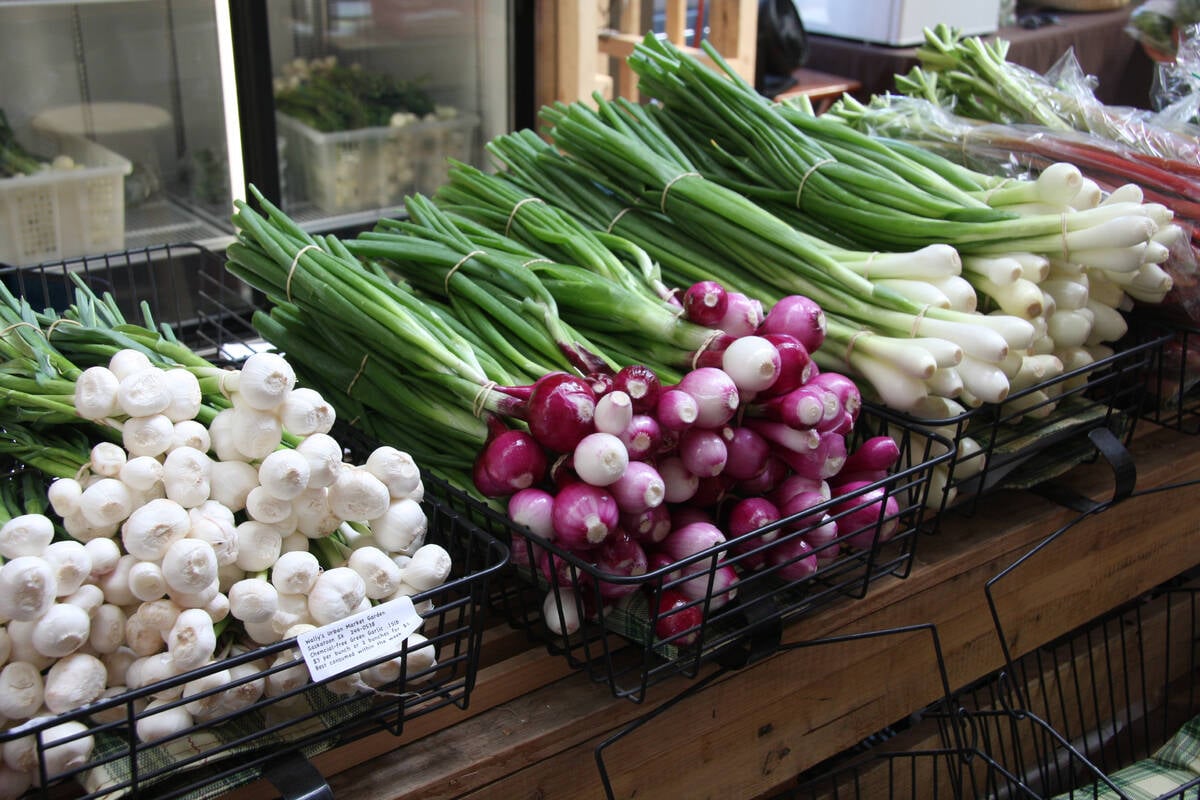
Starting a small business comes with legal considerations
This article sets out some of the legal considerations to start a business to sell home-grown product, such as vegetables, herbs, fruit or honey.
It’s a sentiment shared by Bawlf High School student Neil Bratrud, who also holds out little hope for the survival of small town curling rinks. While Bratrud’s high school team practices at Bawlf, Alta., and he uses the local rink as much as possible to improve his game, each week he travels to Camrose, about half an hour away, to play in a competitive men’s league.
“That’s helped my game so much, curling against those 40 and 50 year olds,” he said.
“Anyone looking for competition has to find it,” said Sherry Bratrud, Neil’s mother and the high school curling coach. “The rink is open because of the kids,” she said.
While once a lively centre of the community and home to nationally recognized curlers, the three-sheet rink no longer has a regular league night; just family drop-in events.
“It’s the school that keeps the curling rink alive,” she said.
For many young people the local rink has been an important alternative to high school sports. For some kids curling is their preferred sport, for others it’s an alternative to the more popular volleyball and basketball.
“Thank heavens they have it,” said Bawlf teacher Noreen Johnson, one of the organizers of the upcoming provincial high school curling championships hosted by the Bawlf school.
While curling is now an official Olympic sport, for many teens there isn’t much glamour in curling.
“People don’t think curling is much of a sport,” said Lisa Bratrud, who enjoys the strategy of the curling game.
At the Athabasca Curling Club, there has been a resurgence of interest in curling from young people, said Faye Stevenson, the club’s caretaker, ice maker and youth curling coach. This year there are 37 junior members, up from the average 20 to 24.
“I pray only 32 show up,” said Stevenson, as she tries to juggle the variety of skills and ages during the teaching session.
Of that group, she said there are about 16 that love curling. The rest fade in and out.
“There are some kids out there that are really keen. They generally come from curling families.”
This year there was also a boost in interest from adults whose children have grown up and the parents now have time to play their own sport.
“They’re doing something for themselves for a change,” said Stevenson.
Unlike some sports, curling is a game people feel comfortable returning to, even after a few years away from the sport.
“There are still lots of curlers in the community.”
With the resurgence of interest, the 250-member curling club must decide if it wants to join with other groups to build a multimillion sportsplex in the community. The curling rink’s share would cost about $1.2 million and would mean members would have to spend time working in casinos and other fundraisers to pay for the complex.
In their present facility the bar has always supported the club. Stevenson said they could either spend their money in the bar or pay it in fees.
“As long as we can hold our own we’re laughing.”
Jim Pringle, executive director of the Alberta Curling Federation, said the number of curling clubs and membership has held steady for the past four or five years. There has been an increase in the number of juvenile curlers under 17 who take an interest in the game.
There are about 190 clubs in the province.
Pringle pointed to increased television coverage and high profile players like Kevin Martin and Randy Ferbey as part of the draw for young people. Curling is also an official Olympic sport and rural youth can actually see themselves as having a chance to get to the Olympics by starting out at their local club.
“The rural clubs and rural members play an important role for the feeder system,” said Pringle.
The next five years will be important as many of the clubs deal with aging infrastructure and rising costs of gas and electricity, he said.
Long gone are the days when arenas relied on natural ice. Even the smallest rural arena has an artificial ice plant to ensure good ice conditions throughout the winter, but natural ice costs money.
Doug Paton, one of the longest serving members of the Foothills Curling Club at Eagle Hill, Alta., said it’s a struggle to maintain enough curlers for a regular league.
“We’re doing OK, but it’s getting tougher to get curlers,” said Paton.
When the original single sheet curling rink was built in 1947, the sport was so popular they added a second sheet the following year. In 1966, the community built a new two-sheet arena that stands today.
Each year the members drive to Red Deer to work at a casino to help pay the bills. The $14,000 from the casino is enough to keep the rink open, but they’d be in trouble if they had to replace the roof or the ice plant, he said.
“Just how long we’ll keep on going, I don’t know.”
Kevin Robertson of Bowden, Alta., who plays at the Eagle Hill club, said that at 40, he’s the youngest member of the club. When he started there were 25 teams. Now they struggle to get nine teams in the league.
“We are viable because of the casino, but we barely hang on because of the number of curlers,” he said.
Internet, satellite dishes, better roads that take youth to the larger centres, and the same roads that take their parents to off-farm jobs, all compete for the curlers, Robertson said.


